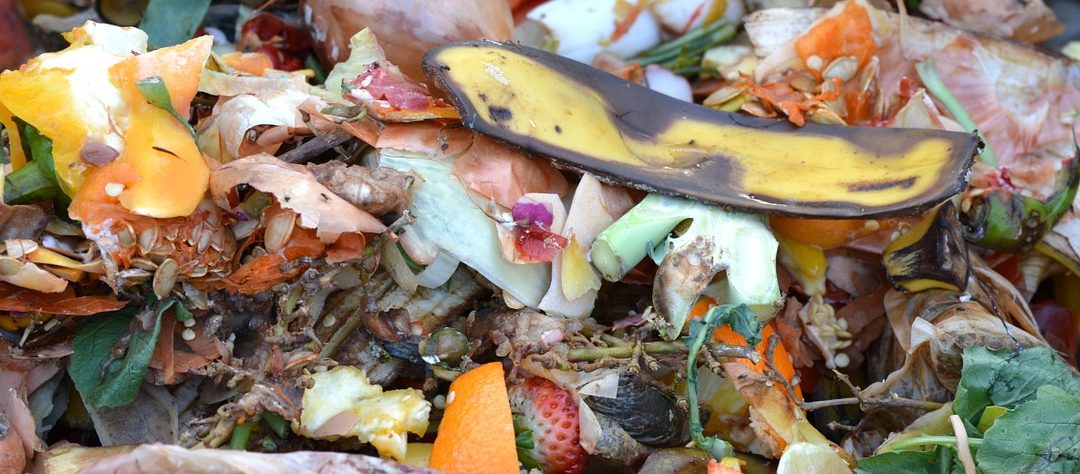Composting and anaerobic digestion has been naturally happening since the Earth started to spin. It is nothing new as evidence shows even
Greeks and Romans made common use of it to fertilize crops. In today’s world, with the rise of global warming, recycling and renewable energy is becoming ever more important.
The main difference between the two- composting and anaerobic digestion- is oxygen. Aerobic being with air and Anaerobic without. Both methods are great energy savers and sustainable.
Similarities and Differences
Normal composting is an aerobic process. Under the layers of waste, organisms are naturally oxidizing the organic matter: nitrogen chemicals turning to nitrate, sulfur to sulfate and phosphorus to phosphate.
Because of this process, the compost turns from a pile of trash into nutrient rich fertilizer. The only negative side, is the oxygen also releases carbon dioxide. All and all, this is extremely ecofriendly as it is a clean source recycling.
Anaerobic digestion, on the other hand, uses
no oxygen. Instead, the materials are sealed off- the bacterial living off the organic matter itself. This system is slower than normal composting, but the result is far more useful. As the materials anaerobically decay it seeps methane, which is a key component to biogas.
Biogas
Biogas is renewable energy that can substitute many of its fossil fuel counterparts! Sweden is a frequent user of biogas with over
38,600 cars depending on it. It much cleaner than other energy sources. California’s Low Carbon Fuel Standard ranks biogas as one of the cleanest transportation gases!
Although a great substitute for fossil fuels, biogas is not widely used. Due to the already established fossil fuel companies and low cost of gas, many corporations are reluctant to switch. Adding to this there is little awareness of its potential.
This renewable energy could soon be a huge
contender in the fight against global warming. Fossil fuels are finite and this substitute has real potential.
People need to be educated and look more into this technology. It’s available, and so is the need. Government officials, big businesses also have to step up.
Contaminants
While the process is relatively clean, hazardous pollutants do exist and therefore should be monitored. The primary pollutants from composting are
Volatile Organic Compounds (VOC), Total Reduced Sulphur (TRS) and Ammonia (NH3). A. Lanfranco and Associates is able to manually monitor each of the contaminants with state of the art equipment and laboratory techniques. Please let us know if you require assistance with air monitoring at a composting facility.


